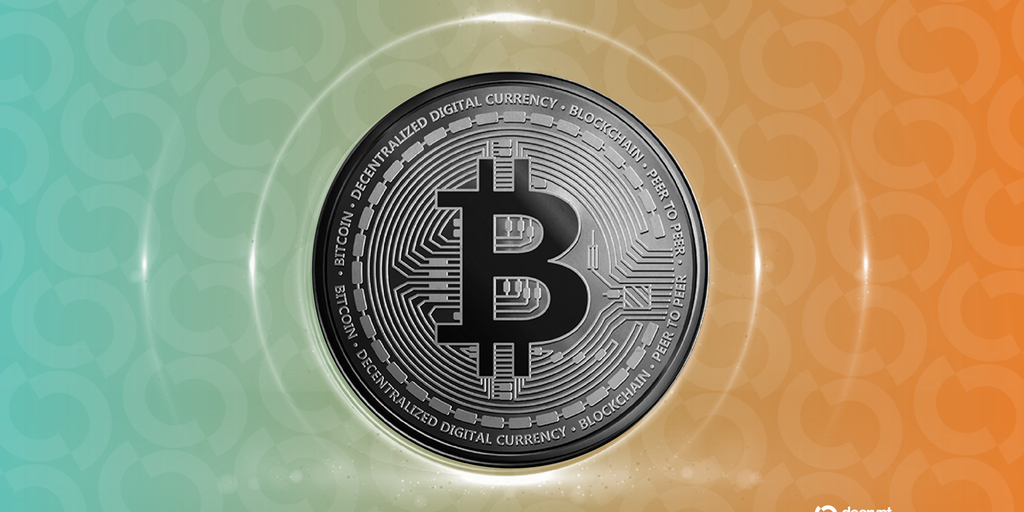Myth-Busting: 3 Things Investors Are Still Getting Wrong About Crypto
By Christopher Jensen, Head of Research, Franklin Templeton Digital Assets
Myth #1: "Investing in crypto is complicated and confusing."
The notion that investing in cryptocurrency is complicated and confusing has led many traditional investors to believe that it’s beyond their expertise. However, the advent of crypto exchange-traded products (ETPs) has made it easier for investors to access digital assets in a familiar investment vehicle. With crypto ETPs, investors can purchase bitcoin and ether ETPs through their regular brokerage accounts, just like any other security. This eliminates the need to set up and manage cryptocurrency wallets on an exchange, making crypto more accessible to a wider audience. Moreover, these ETPs are regulated financial products, providing an additional layer of security for investors.
Myth #2: "It’s too late to invest in bitcoin – I missed the run-up."
The idea that it’s too late to invest in bitcoin is misguided. While bitcoin has experienced significant price appreciation, it remains in the early stages of institutional and mainstream adoption, with significant potential for future growth. At approximately $1.7 trillion, bitcoin’s market capitalization is less than 9% of gold’s (~$19.4 trillion) and an even smaller fraction of the stock, bond, and real estate markets. If bitcoin continues to gain traction as a store of value, medium of exchange, or reserve asset, its market cap could expand significantly.
Myth #3: "Crypto is only for tech-savvy individuals."
The notion that crypto is only for tech-savvy individuals is incorrect. The launch of bitcoin exchange-traded products just over a year ago has shattered records, with cumulative inflows exceeding $35 billion – the fastest-growing ETP launch in history. These products provide institutional and retail investors alike with regulated, seamless access to bitcoin, accelerating mainstream adoption. The recent presidential change in the U.S. has ushered in a more favorable stance on digital assets, opening the door for broader institutional participation. On March 2, the administration announced it was moving forward on the creation of a crypto strategic reserve that would include five major coins – bitcoin (BTC), ether (ETH), Ripple (XRP), Solana (SOL), and Cardano (ADA). Additionally, 18 U.S. states are actively reviewing Bitcoin reserve adoption, while a total of 33 states are considering legislation to establish their own Bitcoin reserves. This underscores Bitcoin’s growing recognition as a legitimate financial asset.
Conclusion
Investing in crypto is no longer a complex and confusing process. With the rise of exchange-traded products, investors can access digital assets in a familiar investment vehicle, eliminating the need for technical expertise. Furthermore, the potential for future growth is vast, with institutional and mainstream adoption on the rise. As the regulatory environment continues to evolve, it’s essential to stay informed and educated about the opportunities and risks associated with crypto investing.
FAQs
Q: Why are staking rewards often seen as a type of investment?
A: Many perceive staking as passive income since returns are often expressed using Annual Percentage Yield (APY). However, its source of income isn’t from interest; instead, it’s generated by revenue earned for performing critical network security tasks.
Q: Why is staking a security function, not an investment?
A: The U.K. Treasury recently clarified that staking is not an investment scheme but instead a core security and cryptographic service essential for validating transactions on a Proof-of-Stake (PoS) blockchain. Staking is a security function in that the participants secure decentralized networks and are rewarded for doing so effectively. Protocols like Ethereum define validator rewards through publicly available mechanisms, such as EIP-2917.
Q: What is your take on the future of crypto?
A: As the regulatory environment continues to evolve, it’s essential to stay informed and educated about the opportunities and risks associated with crypto investing. With the potential for future growth and increasing mainstream adoption, now is an excellent time to consider investing in digital assets.









